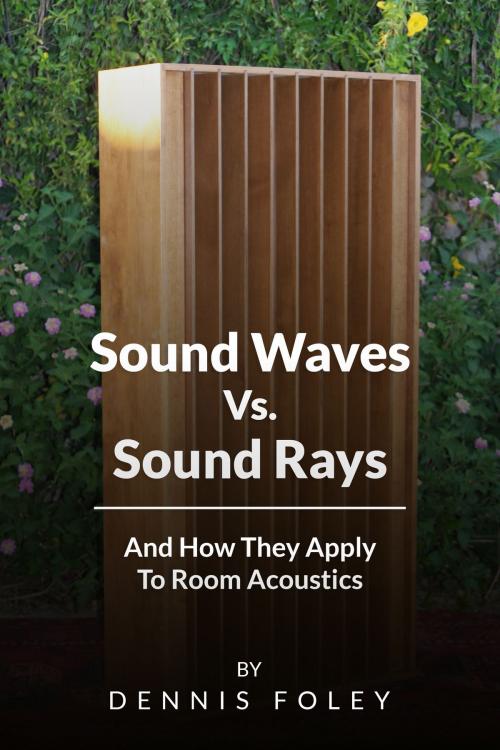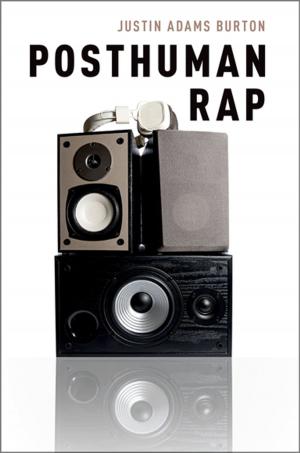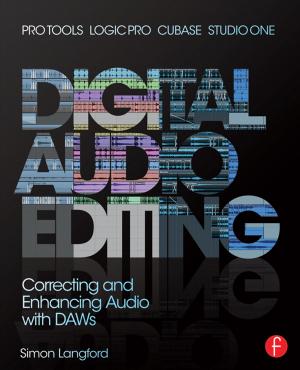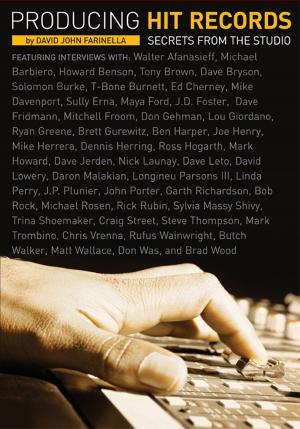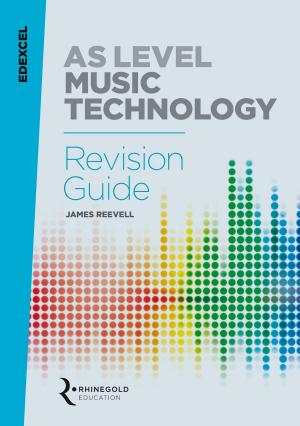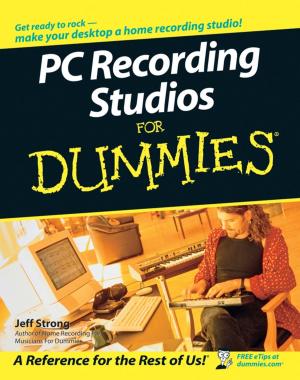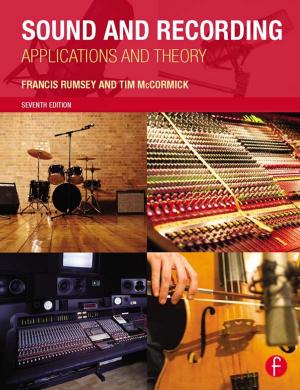Sound Waves Vs Sound Rays And How They Apply To Room Acoustics
Nonfiction, Science & Nature, Science, Physics, Acoustics & Sound, Entertainment, Music, Business & Technical, Recording & Reproduction| Author: | Dennis Foley | ISBN: | 9781311449221 |
| Publisher: | Dennis Foley | Publication: | September 2, 2014 |
| Imprint: | Smashwords Edition | Language: | English |
| Author: | Dennis Foley |
| ISBN: | 9781311449221 |
| Publisher: | Dennis Foley |
| Publication: | September 2, 2014 |
| Imprint: | Smashwords Edition |
| Language: | English |
Sounds are made of waves and rays. Those are the two basic kinds of energy we’re dealing with. Long waves, short rays and we need to really understand those two types of energies before we go any further with acoustics.
Nikola Tesla was a great physicist. He thought about things in terms of waves and energy. He said that if you want to find the secrets of the universe you should think in terms of energy, frequency and vibration. Well this certainly applies to the way you should think about room acoustics.
Waves are anything below one hundred cycles (Hertz/Hz.). Now you’ll see different break points in the literature but for purposes of this discussion and applying acoustical treatment to the issues you will find, we’re going to stay with a hundred and below because we can solve frequency issues at a hundred and above relatively easily.
So 100 Hz. and below are real long waves. Think of them in terms of ocean waves, a big swell starting far out in the ocean. A thirty cycle wave is thirty seven foot long. They’re the most problematic of all because they don't want to fit in small rooms and, let’s face it, thirty seven feet...none of us have rooms that big. What happens when things don't fit in confined spaces? They create pressure (think trying to fit into the clothes you used to wear as child... not a pretty sight!). In room acoustics, that pressure is called modal pressure or room modes.
Now rays, on the other hand, are much shorter wavelengths. They’re greater than a hundred Hertz. So think of a 1,100 Hz. wave as being about a foot long. As a result, these guys contribute to different room acoustic problems, namely reflections, comb filtering, speaker boundary interference effect (SBIE) and poor diffusion. We'll look at all of these terms, what they mean and how they affect you when mixing or listening to music in the coming discussion.
So if you're want to get good sound in your room, you need to grasp these fundamentals and then apply the correct treatment to solving your problems. And in this book I'll walk you through just what those options are and how you can do it.
Sounds are made of waves and rays. Those are the two basic kinds of energy we’re dealing with. Long waves, short rays and we need to really understand those two types of energies before we go any further with acoustics.
Nikola Tesla was a great physicist. He thought about things in terms of waves and energy. He said that if you want to find the secrets of the universe you should think in terms of energy, frequency and vibration. Well this certainly applies to the way you should think about room acoustics.
Waves are anything below one hundred cycles (Hertz/Hz.). Now you’ll see different break points in the literature but for purposes of this discussion and applying acoustical treatment to the issues you will find, we’re going to stay with a hundred and below because we can solve frequency issues at a hundred and above relatively easily.
So 100 Hz. and below are real long waves. Think of them in terms of ocean waves, a big swell starting far out in the ocean. A thirty cycle wave is thirty seven foot long. They’re the most problematic of all because they don't want to fit in small rooms and, let’s face it, thirty seven feet...none of us have rooms that big. What happens when things don't fit in confined spaces? They create pressure (think trying to fit into the clothes you used to wear as child... not a pretty sight!). In room acoustics, that pressure is called modal pressure or room modes.
Now rays, on the other hand, are much shorter wavelengths. They’re greater than a hundred Hertz. So think of a 1,100 Hz. wave as being about a foot long. As a result, these guys contribute to different room acoustic problems, namely reflections, comb filtering, speaker boundary interference effect (SBIE) and poor diffusion. We'll look at all of these terms, what they mean and how they affect you when mixing or listening to music in the coming discussion.
So if you're want to get good sound in your room, you need to grasp these fundamentals and then apply the correct treatment to solving your problems. And in this book I'll walk you through just what those options are and how you can do it.
